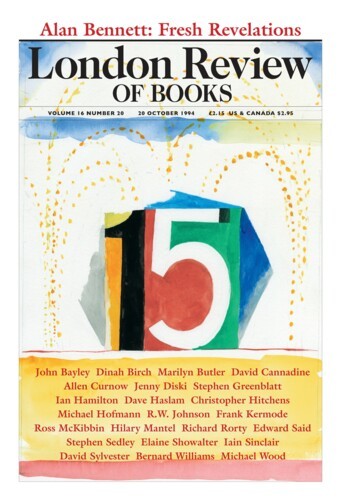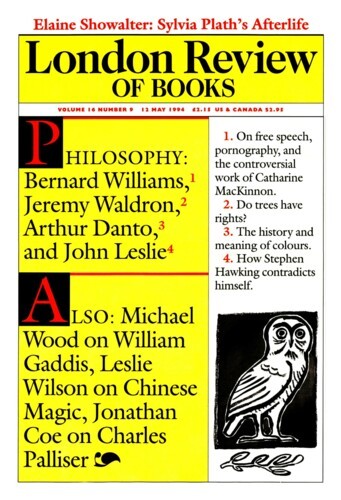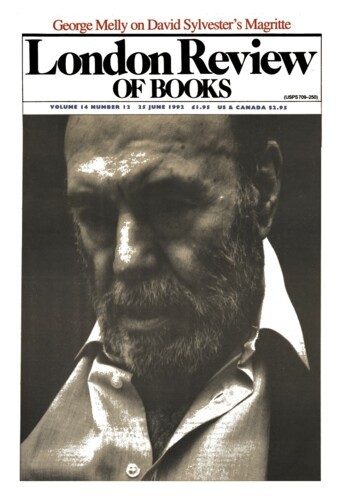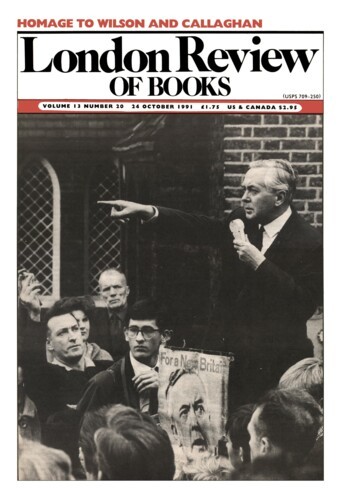Situations Vacant
Dinah Birch, 20 October 1994
It must be many years since any girl spoke of going into service. The language of labour has changed. Farm workers are now described as full-time agricultural technicians; kitchen maids have turned into catering assistants. Thinking about what service was like, and how it was represented in language and literature, is a way of thinking about deep transformations in our culture. Servants are survivors from a pre-industrial world of mutual dependency and obligation. But they are also the focus of difficult transitions, as social mobility and new wage-based economies invade the older social frameworks of the large household. Conceding too much in an oddly self-abasing conclusion to his expansive account of literary servants, Bruce Robbins declares himself ‘ready to grant that I have not been talking about what is necessarily most complex, sophisticated, profound or even interesting in the English novel’. Do not believe him. The relations he perceives between servants and those they serve are dense with complexity and sophistication. The fictional traditions of the servant are rooted in drama, where the slave, clown or servant is often a crucial intermediary between play and audience. Theatrical servants, from Plautus onwards, know that what they are engaged with is only a play, and they can be trusted to deflate the dignified pretensions of their masters. Preoccupied, like the audience, with making a living in a difficult world, they are more interested in survival than in tragic fate – though they can touch or even cause tragedy if they attempt to interpret their lives in terms borrowed from their employers, as Malvolio or Iago exceptionally do. By and large, however, their business is with the comic persistence of life.’





